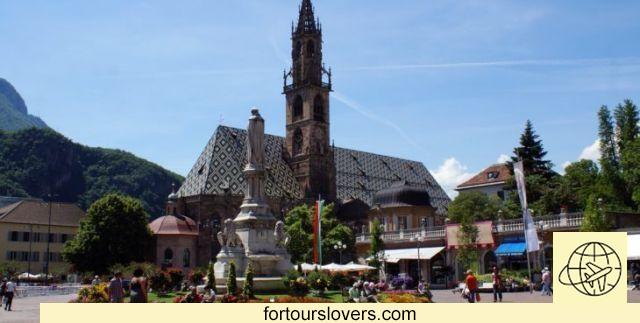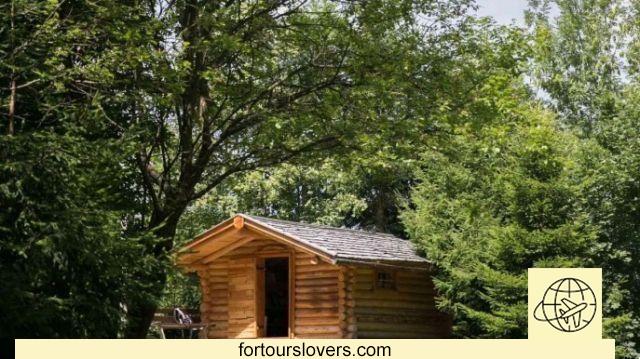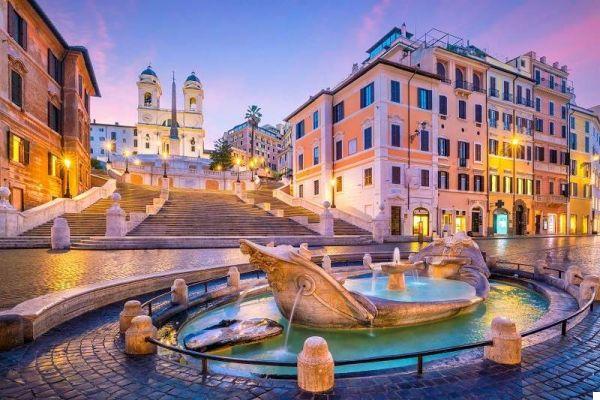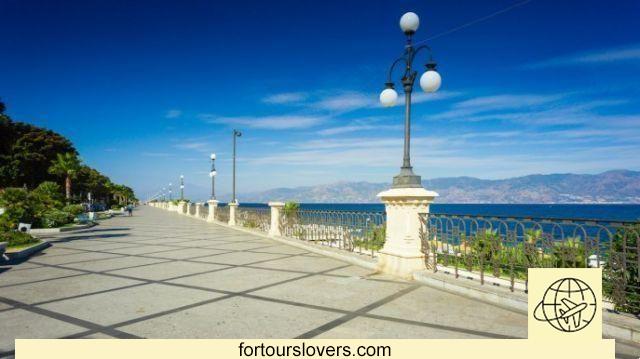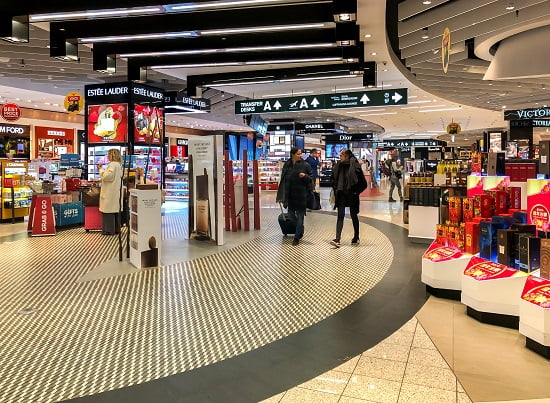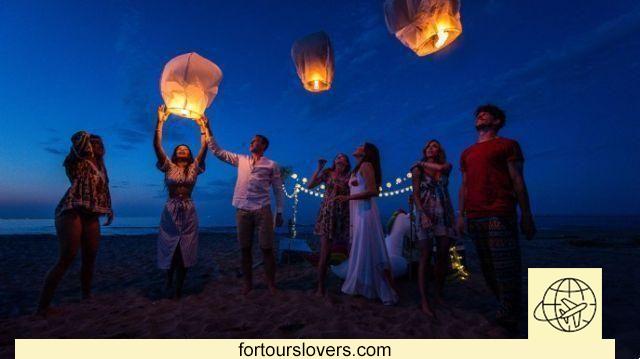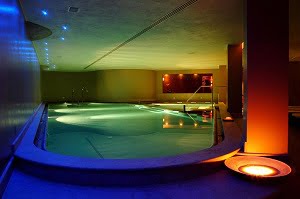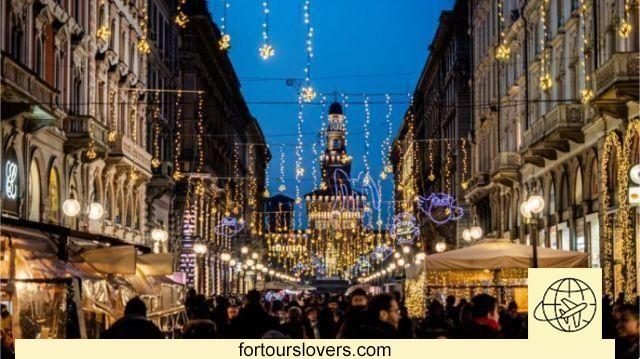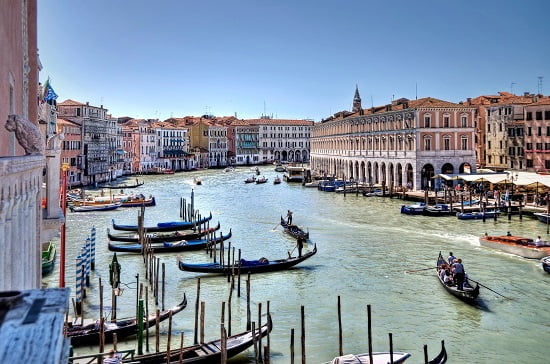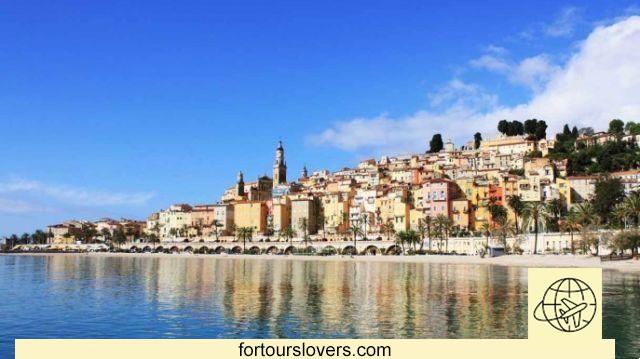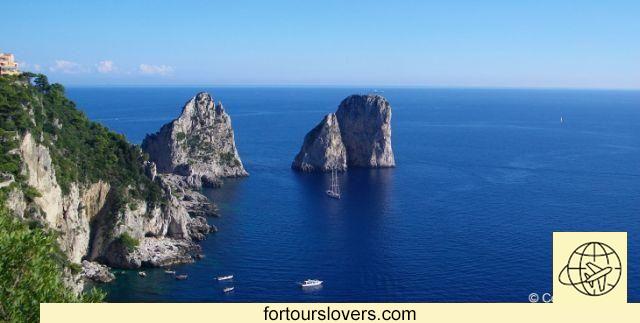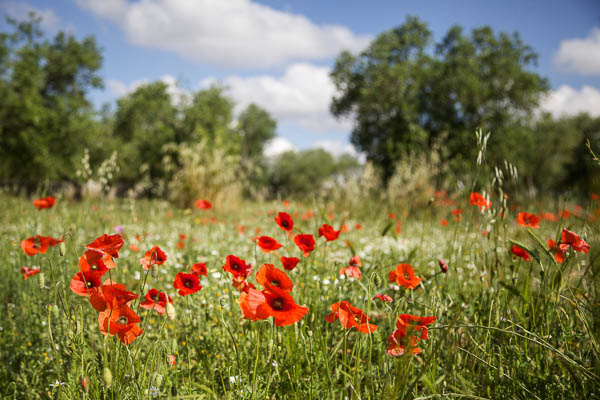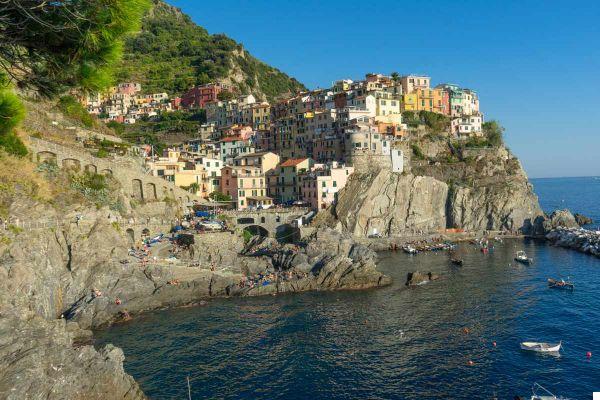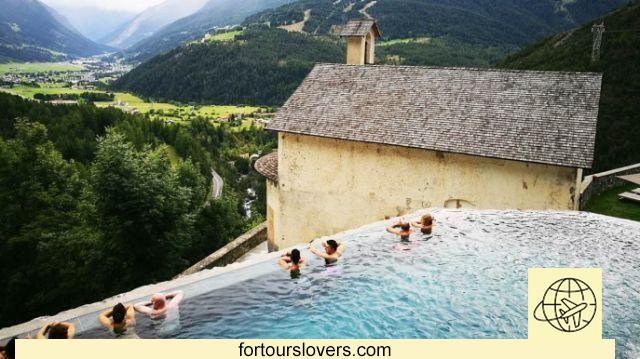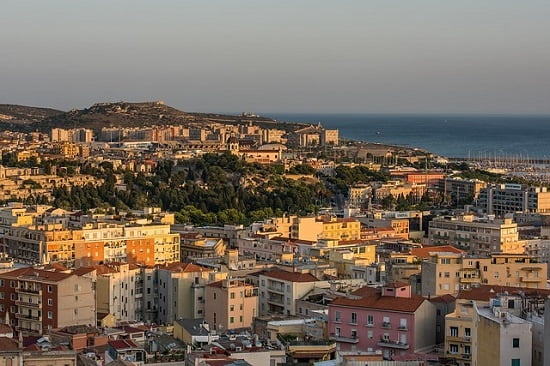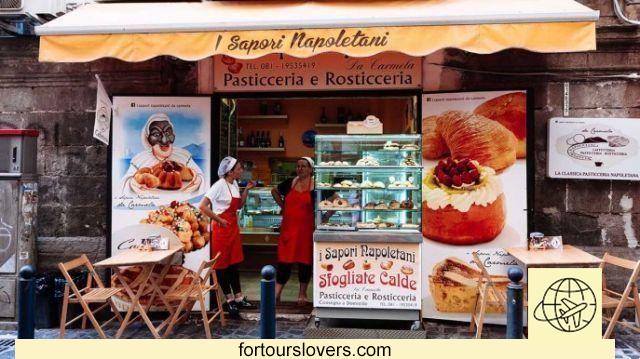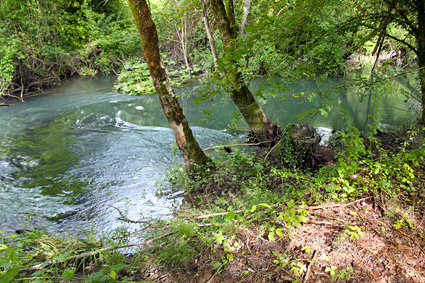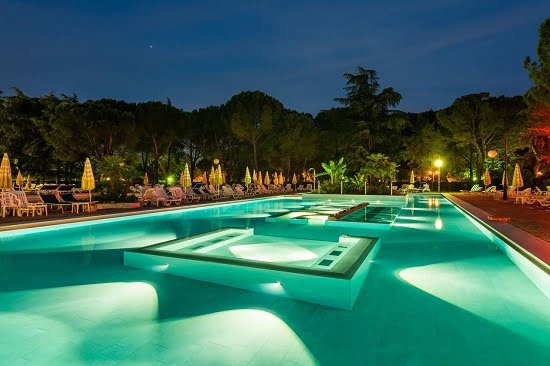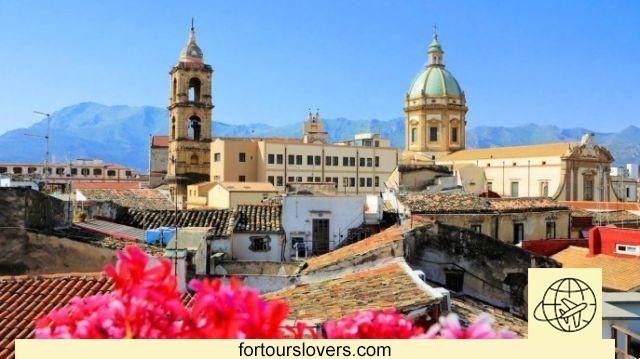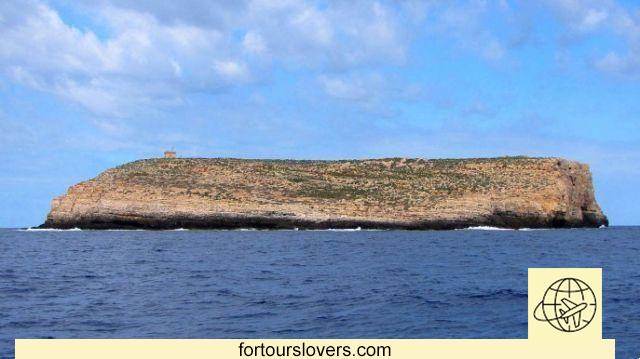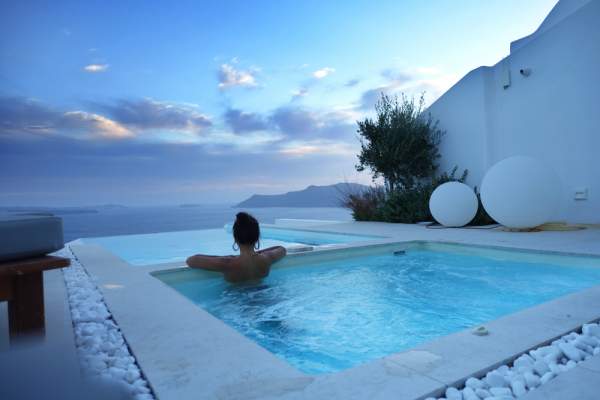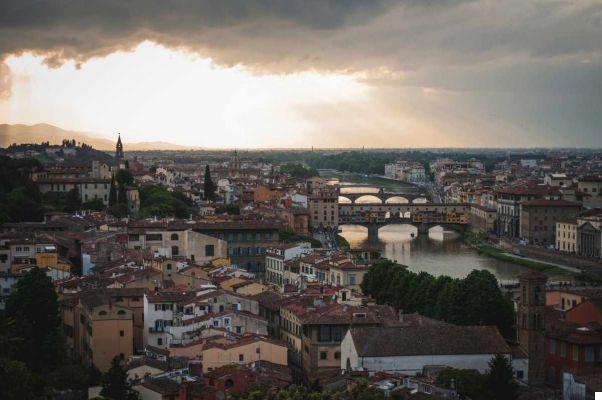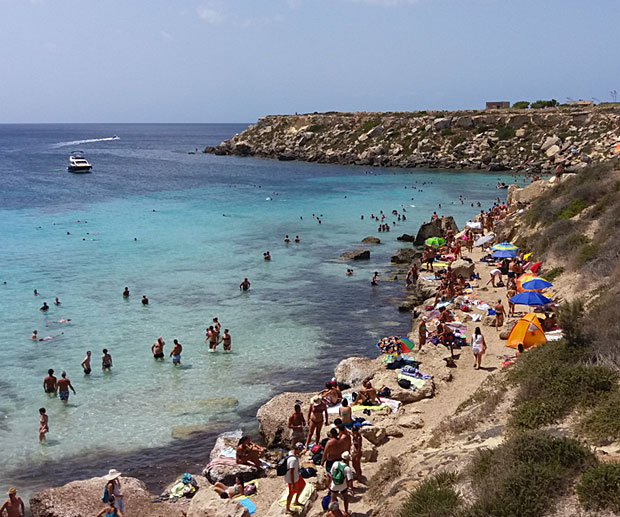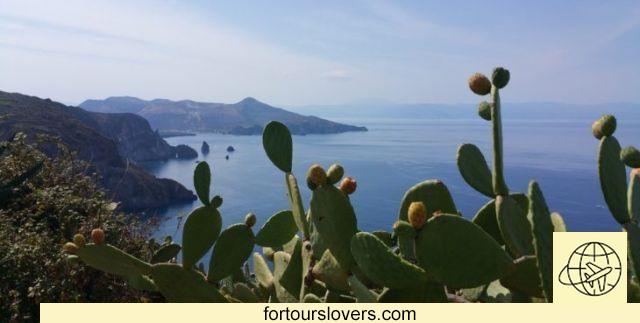
Aeolian Islands
8 things to do and see in the Aeolian IslandsThe fundamental importance in the geological and naturalistic field is the reason why theUnesco, in 2000, included the Aeolian Islands in the "World Heritage List". In fact, for 200 years, the seven sisters of the archipelago (Lipari, Panarea, Volcano, Stromboli, Salina, alicudi, filicudi) represent an extraordinary field of research for geologists from all over the world. Without forgetting that the ash, lava and all the material erupted over the millennia have contributed significantly to the preservation of many ancient finds, transforming the Aeolian Islands into a great archaeological park outdoors. Not only history e geology. Even from a landscape-environmental point of view, the Aeolian Islands represent a “unicum” in the basin of Southern Mediterranean. Unicum that we will try to tell below indicating the main things to do and see in the archipelago. Happy reading.
During the summertime, il Monday and Friday have been active since Salerno links for Aeolian Islands. For the returninstead, links available on Wednesday and Sunday.
Salerno ➜ Lipari
Salerno ➜ Panarea
Salerno ➜ Salina
Salerno ➜ Vulcano
Salerno ➜ Stromboli
For connections between the Aeolian Islands click here and select the route of your interest from the search field
1 Lipari
Garibaldi Street; Corso Vittorio Emanuele; the Castle, the architecture, the churches, Marina Lunga, Marina Corta, and of course bars, restaurants, views and all the typical imagery normally associated with a seaside resort: Lipari is almost always the start point of a tour to discover the Aeolian Islands. Of the seven islands of the archipelago it is the bigger e densely inhabited (about 10.000 inhabitants). As for the sea and the beaches, you are spoiled for choice: Pietra Liscia, Acquacalda, Papesca, Porticello, Valle Muria, Vinci and the others are each worth a visit. Special mention for the regional museum dedicated to the archaeologist Luigi Bernabò Brea (1910-1999). The Museum is located on the Lipari Castle and is divided into six sections: Prehistoric; Epigraphic; Minor Islands; classical; Volcanological e Quaternary paleontology. A real journey through time, facilitated by exhaustive didactic material, to allow visitors to retrace the development of the civilizations that followed in the Aeolian Islands from prehistory tomodern age. It's not over, because there are also the branch offices di filicudi e Panarea.
Working Time:
Weekdays: 09.00 hours - 19,30
holidays: 09,00 -13,30
Opening hours of the Filicudi branch:
Summertime: every day: 9.30-13.30 / 15.00-18.00.
Winter period: on reservation
Timetable Detached Section of Panarea:
Summertime: every day 9.30-13.30 / 15.00-18.00
Winter period: on reservation
Ticket:
Entrance: 6,00 € uro
Reduced: 3,00 € uro (from 18 to 25 years of age)
More information about: www.regione.sicilia.it/beniculturali/museolipari
2 Salina
Remember "The postman" the latest film by Massimo Troisi? Well, then you will also remember the pink house and the beach below where the poet moved Pablo Neruda, played by the actor Philippe Noiret. Those environments are in Salina, to be precise in Pollara locality, in municipality of Malfa, and since the release of the film in 1994, they are visited every year by thousands of fans. Merit of "Film tourism", a constantly growing segment which, in this specific case, also rewarded little Procida (several scenes of “Il Postino” were also shot in Corricella, a charming village in Procida). But the links with the islands of the Gulf of Naples they are not limited to the cinema. In 2013, in fact, there was a twinning between Leni, another small town of Salina (there is also Santa Marina) and the municipality of Ischia, one of the 6 in which the homonymous island is administratively divided. The reason for the celebration is the story of Sanfilippo brothers that from Leni, in 1855, left for Ischia to save the Ischian vines from phylloxera with their sulfur-based product. The three brothers succeeded in their intent but did not receive the just reward in exchange. The stolen goods caused the death of one of the three to whom the Ischitans, to atone for the sense of guilt, dedicated a small votive shrine depicting the Madonna del Terzito, venerated precisely to Leni. The Sanctuary of the Madonna del Terzito, together with the black beach of the child village of Rinella, are two other good reasons to visit the beautiful island of Salina.
3 The Vulcano mud pool
Rheumatism, osteoarthritis, sprains, fractures, allergies, inflammation of the respiratory tract, acne and psoriasis: there is almost nothing that Vulcano mud they cannot soothe. The pool, surrounded by small sulphurous hills from which they continually come out hot shower heads (ideal for insufflations) is located behind the port of Levante and it is good to clarify immediately that it is not in agreement with National Health System. Therefore, it is important to know that in the face of serious pathologies (neoplasms, heart diseases, etc.) or particular states (pregnancy, menstruation, etc.) diving is not recommended. Ditto for children under 5. Excluding these and other small precautions (avoiding the hottest hours of the day or a prolonged stay) there are no particular contraindications. The continuous influx of hot gases (between 40 and 80 ° C) guarantees the sterility of the puddle daily frequented by numerous visitors. The puddle is managed by a private company to whose website (www.geoterme.it) you can refer for further information and the rates charged (see "Services").
4 Crater of Vulcano
Smell of sulfur, fumaroles, ash, lapilli, brooms e views all around: the climb to the Great Crater of Vulcano it is certainly one of the things to do absolutely once in the Aeolian Islands. Also because it does not present major difficulties and in just over an hour you can reach the summit (about 3 hours round trip). The trail, starting from Port of Levante, is duly marked and leads right up to the peak at 391 meters above sea level. As for the precautions, are those normally used by trekking enthusiasts: suitable clothing; technical shoes; proper hydration; avoid the hottest hours of the day etc. To these, however, there are two others that should be kept in mind: a path leads right into the mouth of the volcano; there are those who walk it but you have to pay close attention to the fumes that are continuous and could be dangerous. Ditto for the circumnavigation of the crater: the path does not present great difficulties, but we must try to stay as much as possible against the wind. For this reason the advice is to make the excursion with one environmental guide of the place able to manage these problems. For the rest, woe to forget the camera! There are waiting for you beautiful landscapes e sunsets to take your breath away.
5 Panarea
Panarea is the smallest and oldest island of the Aeolian archipelago. According to many it is also the most beautiful, mainly frequented by Vip who spend their summer months here between days on a boat around the small island of Basiluzzo, parties in the villa and aperitifs at sunset. There is a part of the island, however, which has survived the worldly evolution and recently returned to the fore thanks to CAI section (Italian Alpine Club) of Syracuse which has restored the three paths that lead up to the top of the island (421 meters above sea level "Punta Corvo"). The easiest of the three, duly marked with the association flag, starts from Saint Peter, the main town (the other two are Ditella e Drautto) and in about 45 minutes reaches the top. The others, on the other hand, are more demanding and it is preferable to tackle them with a local environmental guide. The route reveals the "other" Panarea, for centuries an agricultural colony of Lipari (of which it is an administrative part) mainly cultivated viti e olive today almost completely disappeared. Remain i terracing, the dry walls and landscape gorgeous all around. often the only consolation for the peasants engaged in the hard life in the fields. The recovery of hiking routes of Panarea allowed a partial seasonal adjustment of tourist flows and, above all, it gave some oxygen to the image of an island that was perhaps beginning to be too flat on its worldly fame.
6 Stromboli
Of the seven islands of the archipelago, Stromboli is the only one with permanent volcanic activity. This is enough to explain the charm of this island whose main resource is obviously the hiking tourism. Forget the Panarea VIP evenings; in Stromboli le streets are not illuminated and it is the care of the municipality of Lipari (of which it belongs) to leave things exactly as they are. Indeed, to illuminate the island stars and volcano. Vulcano, which in addition to being one of the most visited, is also one of the most monitored in the world, especially after the latest eruptions (after 2002) which changed the configuration of the various craters. Before there were three, while now there is one with more mouths in continuous evolution. Returning to the excursions, for obvious safety reasons you can move only by reservation and in the presence of volcanological guides. Try the boat trip to the "Sciara del Fuoco", a slope of ash, lapilli and incandescent lava (when the volcano is active) that descends from Stromboli to the sea. Very nice too Ginostra village. Reachable by sea, you can only move with the muli and for some time with electric carts.
7 Alicudi and Filicudi
There are islands and islands. Some are real “floating” cities; others, on the other hand, are small or medium-sized towns where you may not find shopping centers and two-story discos but, for the rest, all the comforts of a modern tourist resort; finally there is alicudi (in the photo), the most island there is: two grocery stores; a post office; a hotel; a church, a small number of houses and about 100 inhabitants. A little bigger and with some more services filicudi which also houses a very interesting section of the Aeolian Archaeological Museum. In summer, of course, these islands attract a fair number of visitors; at other times of the year things change considerably. Yet many believe that, apart from winter, they are theautunno and spring, and not the summer, the better seasons to fully grasp the essence of territories so full of charm where you get used to living with very little. Magic!
8 Malvasia
Last but not least you must absolutely taste the Malvasia delle Lipari. There are several farms in the archipelago that produce this DOC and most of these provide guests with the opportunity to taste and of course buy the valuable product. Because wine, even before being a drink, is a cultural product that cannot be separated from the history and traditions of the place where it is grown. It always applies, even more so in a morphologically complex territory such as the archipelago of the Aeolian Islands.




